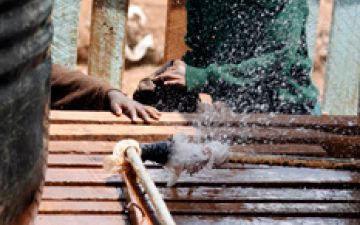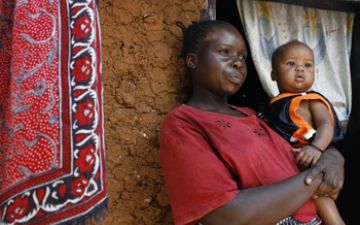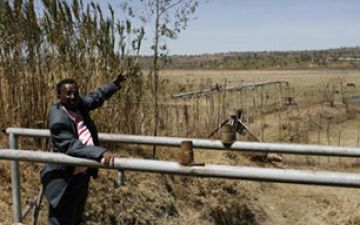Kibera: Not a Drop to Drink
In Kibera, a massive slum of rusty tin roofs and makeshift homes spreading out from the southwest of the city, the rain is turning the twisting dirt roads and alleyways to thick red mud.
Here in one of largest slums in the world--a flashpoint for violence stemming from Kenya's parliamentary elections in December--the rain is causing open sewers to swell and uncollected garbage to rush in rivers of tattered plastic and human waste through backyards.




